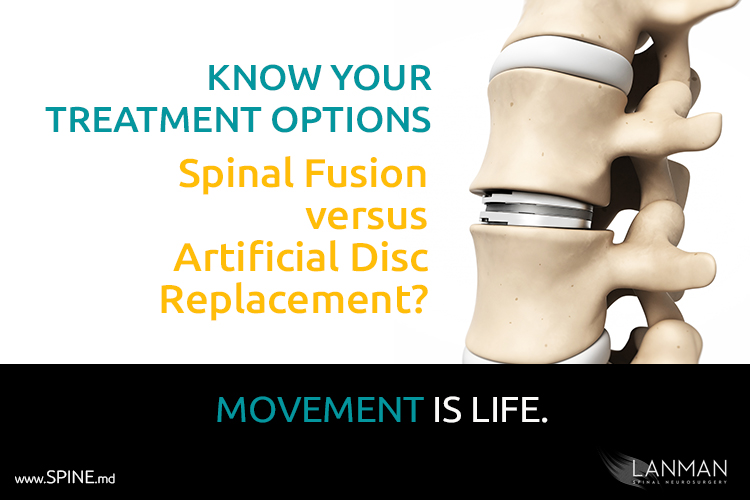In the eternal battle of ice vs. heat for low back pain, there is only one clear winner: both. In some cases, it is best to use ice to relieve low back pain and in others it is best to use heat. This article will help you to correctly choose ice or heat for low back pain.
Is Heat Or Ice Better For Lower Back Pain
Cooling down or warming up tissues in the body can have surprisingly potent effects. These relatively inexpensive treatments have been used for centuries to sooth pain, decrease swelling, and promote healing. But heat and ice are not interchangeable—each exerts its own actions on tissue. When used incorrectly, ice and heat can be unhelpful at best or harmful at worst. In short, ice usually is best for acute lower back pain and heat is usually best for chronic lower back pain.
The Differences Between Ice and Heat as a Treatment For Low Back Pain
How does ice treat low back pain?
When choosing between heat and ice for low back pain, it helps to understand what each does to the underlying tissues. Inflammation—recognized by redness, swelling, and warmth—is the result of thousands of inflammatory cells migrating to the inflamed area and releasing inflammatory chemicals. All of this cellular activity gives off heat, which is why inflamed tissue feels warm. Inflammation also irritates surrounding nerve fibers, causing discomfort. Ice can slow down these cellular and metabolic processes, reduce inflammation, and relieve pain.
How does heat treat low back pain?
Heating an area of the skin causes tiny arteries and capillaries to dilate. Vasodilation (widening of blood vessels) delivers more oxygen to the tissue and provides the nutrients and chemicals and proteins required for healing. Heat also relaxes tense muscles.
Interestingly, both heat and cold increase the pain threshold, which means people are relatively resistant to painful stimuli. This effect only lasts a few minutes after heat therapy, but for up to 30 minutes after cold therapy.
Lower Back Problems That Can Benefit From Heat And Cold Therapy
Now that we have a better understanding of how heat and cold therapy work for pain and inflammation, it is rather straightforward to select the right application for each kind of low back pain.
Acute low back pain: Choose ice first, then heat. Soon after a person injures or strains their back, the area becomes inflamed. Placing an ice pack on the area will impede this inflammatory process and numb nerve endings. Ice can also reduce muscle spasms. Inflammation only occurs for a short time after the event that caused the back pain, and ice is most useful during that initial inflammatory period. After the initial inflammatory phase is over, heat is the better option.
Chronic low back pain: Choose heat. While tissues may still be inflamed for weeks after the initial injury or event, the inflammation is highly localized to the injury and is difficult to reach with cold therapy. Heat therapy, on the other hand, can be applied daily for as long as the pain lasts. Heat therapy reduces low back pain and accelerates healing by helping to deliver nutrients to the injured tissues.
Benefits of Heat Therapy
The benefits of heat therapy:
Reduces pain
Reduces muscle spasm
Increases blood flow to the area
Increases extensibility of the muscle and connective tissue
Increases metabolism
Disadvantages of Heat Therapy
Of course, one should never use a heat source that could burn the skin; however, people with certain conditions may develop injuries from relatively low levels of heat. Patients with multiple sclerosis, spinal cord injury, diabetes mellitus, or rheumatoid arthritis should use heat therapy with caution. Heat can increase inflammation in the local tissues apart from the source of the back pain, which could make these health conditions worse. Moreover, some of these conditions can interfere with nerve sensation so that if the heat therapy begins to harm the skin, the patient may not be able to feel it in time to protect against injury.
Benefits of Cold Therapy
The benefits of cold therapy:
Reduces pain
Reduces muscle spasm
Reduces metabolism
Reduces inflammation
Reduces edema (swelling)
Disadvantages of Cold Therapy
The major disadvantage of cold therapy is that the skin and underlying tissues can become too cold. In order to cool deep areas, people tend to use very cold substances for long periods of time. This could actually cause damage to the skin such as frostbite. Fortunately, the risk of this occurring is low, but still should be considered.
When Not Use Heat Or Cold For Your Lower Back
Neither heat nor cold therapy should be used over an open skin wound. This includes any area that is bleeding or obviously infected. As mentioned, people with multiple sclerosis, spinal cord injury, diabetes mellitus, or rheumatoid arthritis should use heat therapy with caution at all times. Cold therapy may provoke Raynaud’s phenomenon or slow heart rate (bradycardia) in susceptible individuals.
Conclusion
Both heat and ice are inexpensive and effective treatments for low back pain. Both treatments relieve pain, increase the pain threshold, and reduce muscle spasms. As a rule of thumb, use cold therapy to decrease acute pain and inflammation and use heat therapy to improve healing and relive pain in subacute and chronic low back pain.








